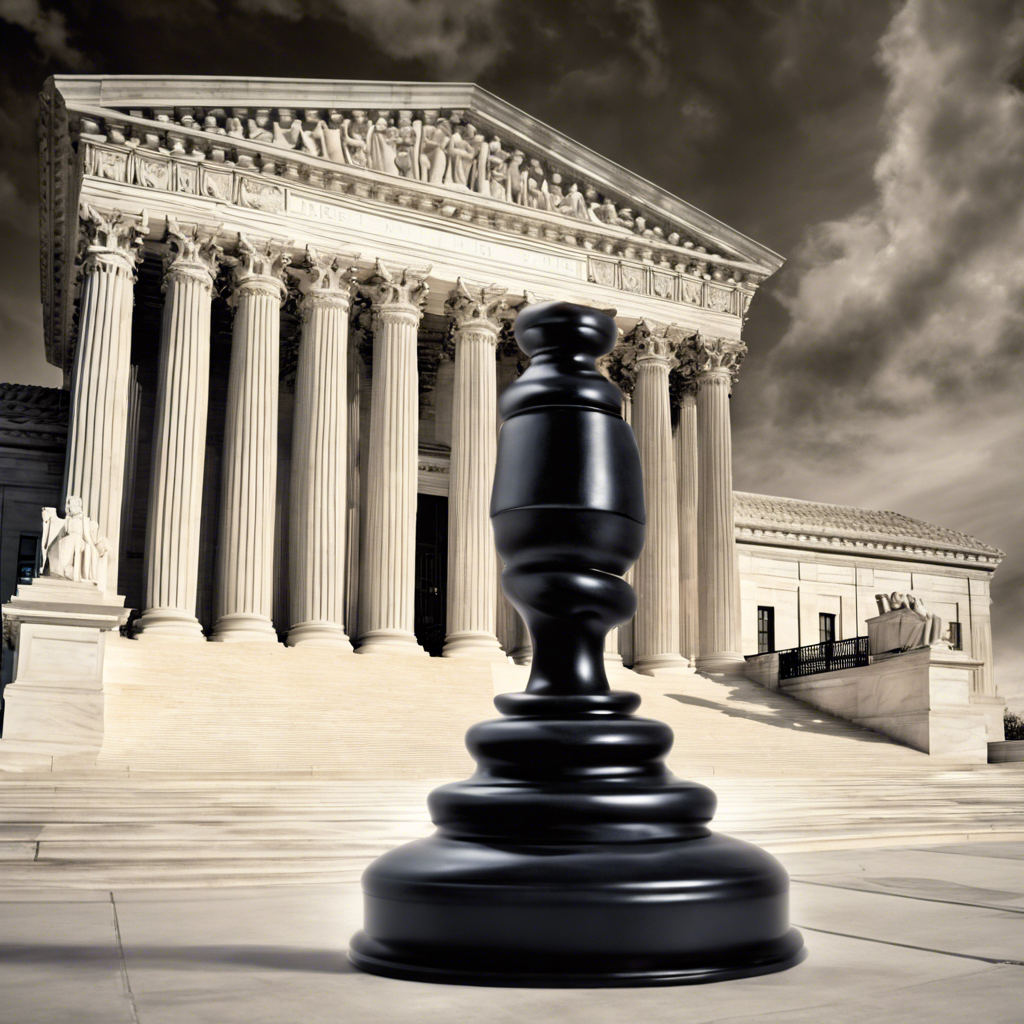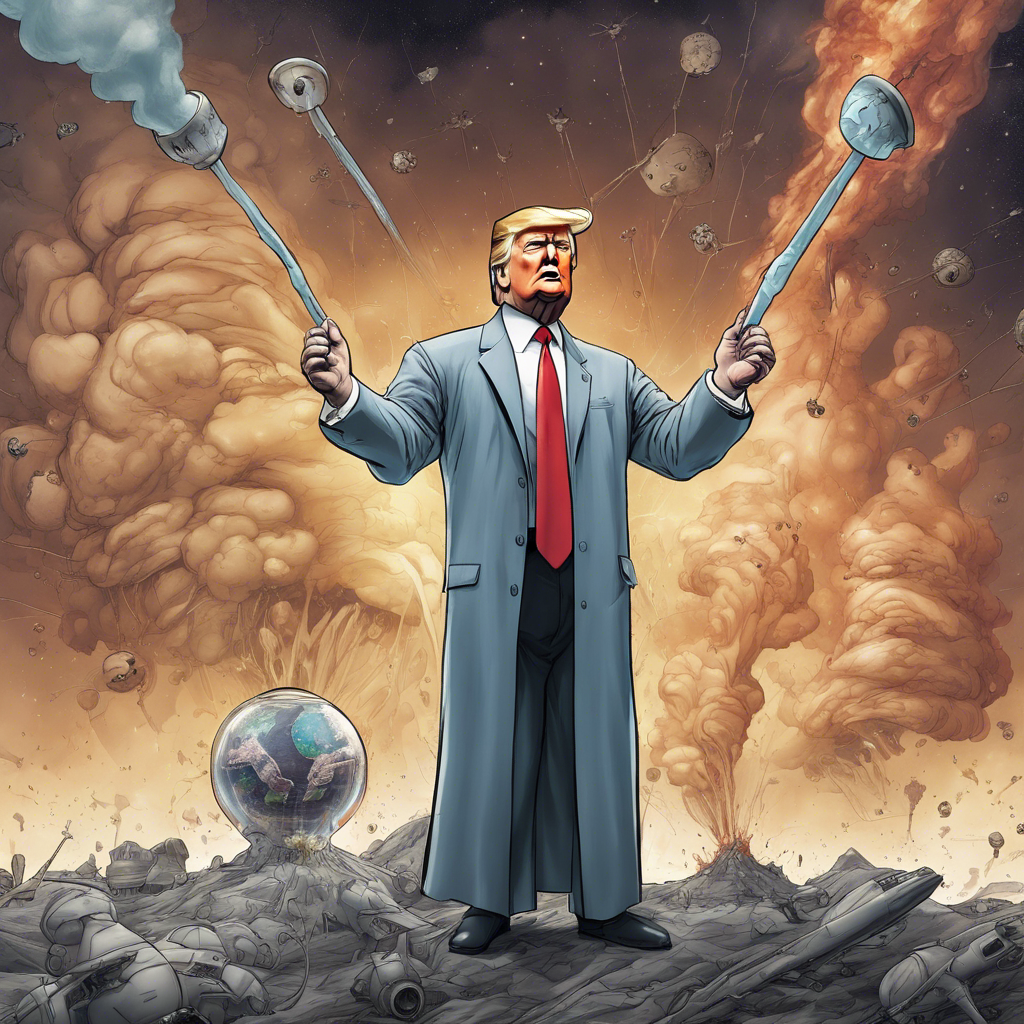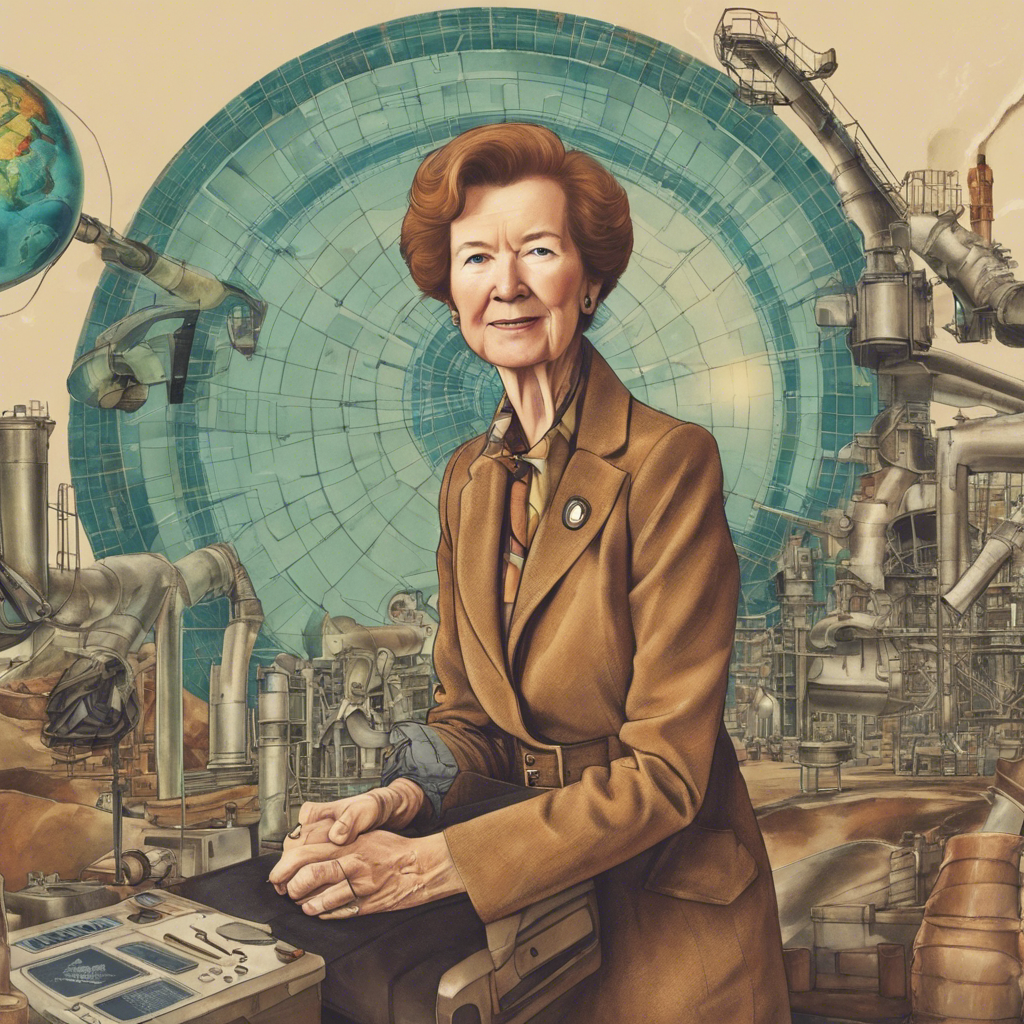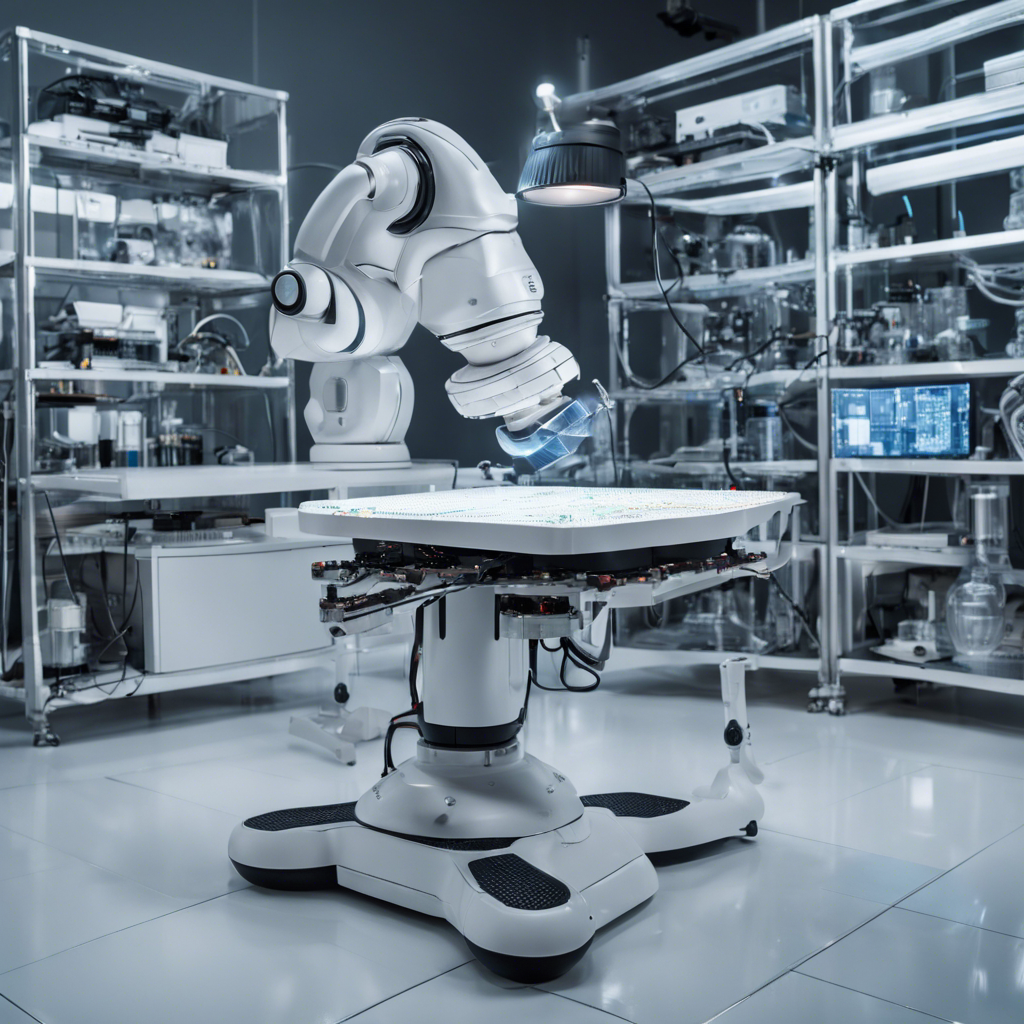Science News Staff’s Top Science Reads of the Year
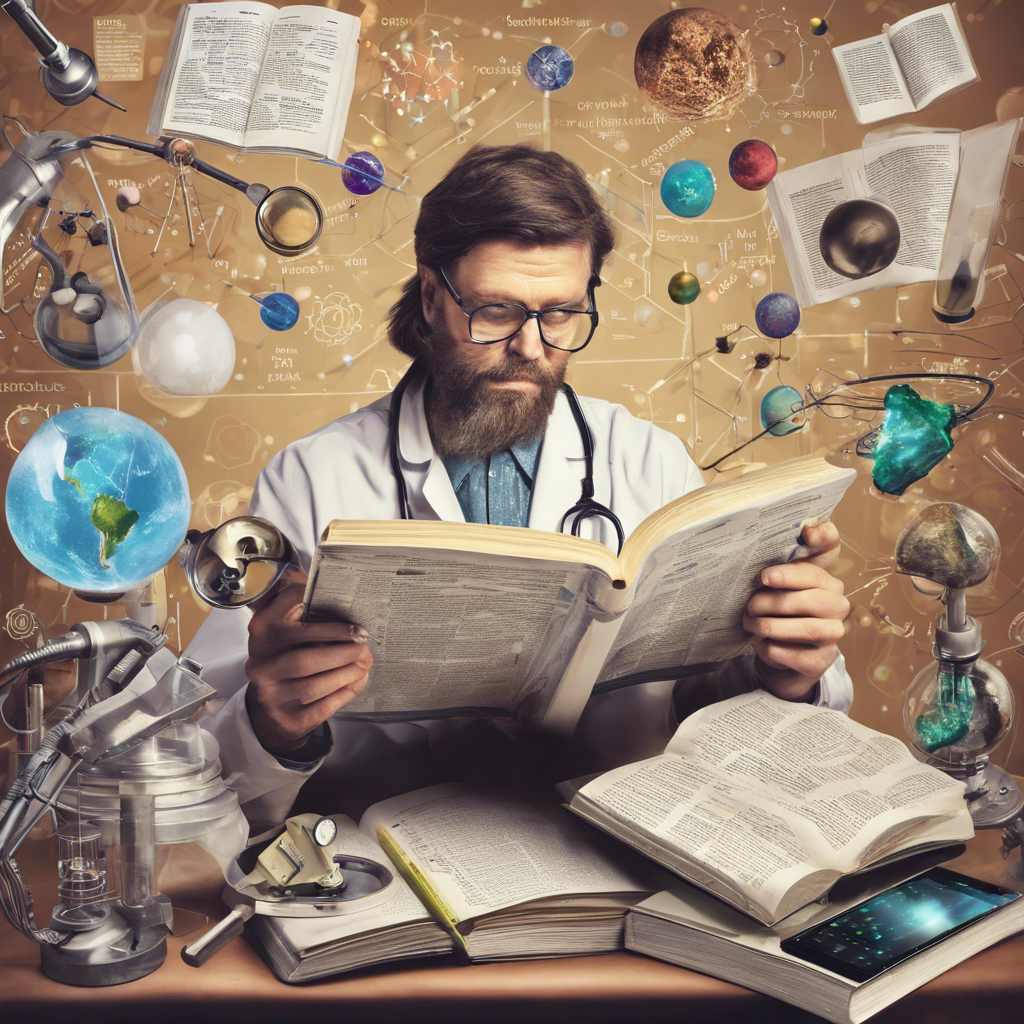
A Compilation of Engaging and Informative Science Books That Shouldn’t Be Missed
As the year comes to a close, the Science News staff has compiled a list of their favorite science reads from the past year. These books cover a wide range of topics, from emerging areas of science to new perspectives on familiar fields. Whether you’re interested in the dangers of fungi, the mysteries of the universe, or the ethical questions surrounding space exploration, there’s something for everyone on this list. Join us as we explore these captivating science books that have captivated our attention and expanded our knowledge.
Blight: Fungal Pathogens and the Next Pandemic
In “Blight” by Emily Monosson, readers are taken on a journey to understand the potential dangers of fungal pathogens. While the idea of a fungus-induced zombie apocalypse may be pure fiction, Monosson warns that a fungal pathogen could indeed spawn the next pandemic. With compelling evidence and expert insights, this book sheds light on the often-overlooked threat of fungal diseases.
Fires in the Dark: The Healing Power of Compassion
Kay Redfield Jamison’s “Fires in the Dark” explores the relationship between British poet Siegfried Sassoon and his physician, W.H.R. Rivers, during World War I. Through the lens of psychiatry, Jamison delves into what it takes to be a great healer of mental suffering. This poignant book offers a unique perspective on the power of compassion in the face of emotional wounds caused by war.
We Are Electric: Unraveling the Mysteries of the Electrome
Sally Adee’s “We Are Electric” takes readers on a captivating journey through the history of biology, highlighting the often-overlooked role of electricity in the body and brain. Adee reveals how researchers are now focusing on the “electrome” and how understanding this electrical system could lead to groundbreaking medical breakthroughs. This book showcases the evolving understanding of the human body and the potential for future discoveries.
Period: Demystifying Menstruation and Breaking Taboos
In “Period” by Kate Clancy, the taboo topic of menstruation is brought to the forefront. Clancy draws on history and science to debunk misconceptions and destigmatize periods. This informative and empowering book aims to educate both men and women about menstruation, challenging societal norms and promoting open conversations about a natural bodily process.
Crossings: Saving Wildlife from the Perils of Roads
“Crossings” by Ben Goldfarb sheds light on the tragic toll that roads take on wildlife. Millions, if not billions, of animals fall victim to roadkill each year. Goldfarb introduces readers to a passionate group of scientists known as road ecologists who study interventions like wildlife crossings to reduce the impact of roads on wildlife. This book offers hope for a future where humans and wildlife can coexist harmoniously.
Eight Bears: A Global Journey to Meet Our Furry Friends
Gloria Dickie’s “Eight Bears” takes readers on a captivating journey across three continents to meet the world’s remaining eight species of bears. Through a blend of science, folklore, and conservation tales, Dickie shares the stories of these majestic creatures and the efforts being made to protect them. This book is a celebration of biodiversity and a call to action for conservation.
Most Delicious Poison: Nature’s Toxins and Their Human Uses
In “Most Delicious Poison,” Noah Whiteman explores the fascinating relationship between nature’s toxins and human uses. From spicing up food to putting people under anesthesia, Whiteman chronicles how humans have co-opted nature’s toxins for various purposes. This blending of science and memoir offers a unique perspective on the interplay between humans and the natural world.
The Deepest Map: Exploring the Uncharted Depths of the Ocean
Laura Trethewey’s “The Deepest Map” takes readers on an adventure into the depths of the ocean. Trethewey follows scientific explorers as they chart the seafloor in exquisite detail. However, this exploration comes with risks, as mapping the bottom of the ocean may disturb a place largely untouched by humans. This book raises important questions about the balance between scientific discovery and environmental preservation.
Under Alien Skies: Imagining Life in the Cosmos
Philip Plait’s “Under Alien Skies” offers readers a glimpse into the wonders of the universe. From the moon to exoplanets and black holes, Plait transports readers to alien worlds, allowing them to imagine what it would be like to stargaze in these celestial realms. This intergalactic travelogue is a captivating exploration of the unknown and a testament to human curiosity.
Off-Earth: Ethical Considerations for Future Space Settlements
Erika Nesvold’s “Off-Earth” delves into the ethical questions surrounding the possibility of humans living in outer space. As the idea of future settlements on the moon, Mars, and beyond becomes more realistic, Nesvold ponders the ethical implications and considerations that should be addressed. This thought-provoking book challenges readers to consider the ethical dimensions of space exploration and colonization.
Is Math Real? Unveiling the True Nature of Mathematics
Eugenia Cheng’s “Is Math Real?” takes a fresh look at the field of mathematics. Cheng explores the logical foundations of Western mathematics and challenges the notion that math is solely about solving equations and finding right-or-wrong answers. Through a series of seemingly simple questions, Cheng delves into the exploration and discovery that is fundamental to the true nature of mathematics.
Ghost Particle: Unraveling the Mysteries of Neutrinos
“Ghost Particle” by Alan Chodos and James Riordon offers a comprehensive exploration of neutrinos, the elusive subatomic particles. Written by a physicist and a Science News writer, this book serves as a primer for anyone curious about how neutrinos were discovered, their significance in physics, and the mysteries that still remain. With a blend of scientific expertise and engaging storytelling, this book brings the world of neutrinos to life.
Conclusion:
The Science News staff’s top science reads of the year offer a diverse range of topics, from the dangers of fungal pathogens to the mysteries of the universe. These books provide readers with captivating narratives, expert insights, and thought-provoking perspectives on various scientific fields. Whether you’re interested in biology, psychology, conservation, or space exploration, there’s a book on this list that will expand your knowledge and ignite your curiosity. So grab a copy, dive into these captivating reads, and let the wonders of science unfold before your eyes.







